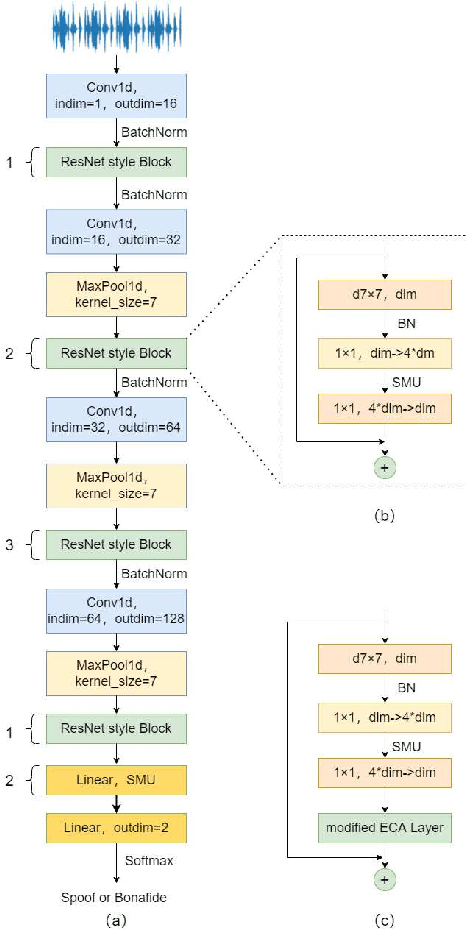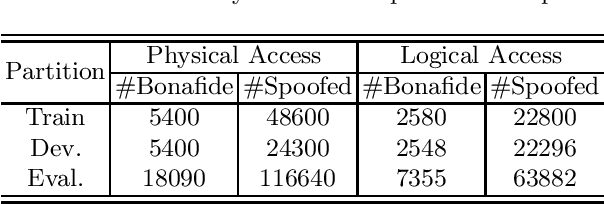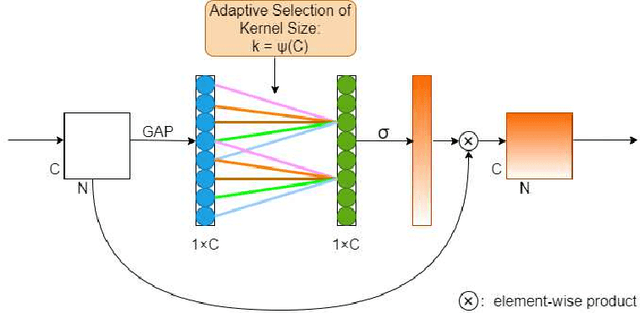Weiheng Liu
FetchBot: Object Fetching in Cluttered Shelves via Zero-Shot Sim2Real
Feb 25, 2025Abstract:Object fetching from cluttered shelves is an important capability for robots to assist humans in real-world scenarios. Achieving this task demands robotic behaviors that prioritize safety by minimizing disturbances to surrounding objects, an essential but highly challenging requirement due to restricted motion space, limited fields of view, and complex object dynamics. In this paper, we introduce FetchBot, a sim-to-real framework designed to enable zero-shot generalizable and safety-aware object fetching from cluttered shelves in real-world settings. To address data scarcity, we propose an efficient voxel-based method for generating diverse simulated cluttered shelf scenes at scale and train a dynamics-aware reinforcement learning (RL) policy to generate object fetching trajectories within these scenes. This RL policy, which leverages oracle information, is subsequently distilled into a vision-based policy for real-world deployment. Considering that sim-to-real discrepancies stem from texture variations mostly while from geometric dimensions rarely, we propose to adopt depth information estimated by full-fledged depth foundation models as the input for the vision-based policy to mitigate sim-to-real gap. To tackle the challenge of limited views, we design a novel architecture for learning multi-view representations, allowing for comprehensive encoding of cluttered shelf scenes. This enables FetchBot to effectively minimize collisions while fetching objects from varying positions and depths, ensuring robust and safety-aware operation. Both simulation and real-robot experiments demonstrate FetchBot's superior generalization ability, particularly in handling a broad range of real-world scenarios, includ
Can Large Language Model Predict Employee Attrition?
Nov 02, 2024Abstract:Employee attrition poses significant costs for organizations, with traditional statistical prediction methods often struggling to capture modern workforce complexities. Machine learning (ML) advancements offer more scalable and accurate solutions, but large language models (LLMs) introduce new potential in human resource management by interpreting nuanced employee communication and detecting subtle turnover cues. This study leverages the IBM HR Analytics Attrition dataset to compare the predictive accuracy and interpretability of a fine-tuned GPT-3.5 model against traditional ML classifiers, including Logistic Regression, k-Nearest Neighbors (KNN), Support Vector Machine (SVM), Decision Tree, Random Forest, AdaBoost, and XGBoost. While traditional models are easier to use and interpret, LLMs can reveal deeper patterns in employee behavior. Our findings show that the fine-tuned GPT-3.5 model outperforms traditional methods with a precision of 0.91, recall of 0.94, and an F1-score of 0.92, while the best traditional model, SVM, achieved an F1-score of 0.82, with Random Forest and XGBoost reaching 0.80. These results highlight GPT-3.5's ability to capture complex patterns in attrition risk, offering organizations improved insights for retention strategies and underscoring the value of LLMs in HR applications.
ConvNext Based Neural Network for Anti-Spoofing
Sep 15, 2022



Abstract:Automatic speaker verification (ASV) has been widely used in the real life for identity authentication. However, with the rapid development of speech conversion, speech synthesis algorithms and the improvement of the quality of recording devices, ASV systems are vulnerable for spoof attacks. In recent years, there have many works about synthetic and replay speech detection, researchers had proposed a number of anti-spoofing methods based on hand-crafted features to improve the accuracy and robustness of synthetic and replay speech detection system. However, using hand-crafted features rather than raw waveform would lose certain information for anti-spoofing, which will reduce the detection performance of the system. Inspired by the promising performance of ConvNext in image classification tasks, we extend the ConvNext network architecture accordingly for spoof attacks detection task and propose an end-to-end anti-spoofing model. By integrating the extended architecture with the channel attention block, the proposed model can focus on the most informative sub-bands of speech representations to improve the anti-spoofing performance. Experiments show that our proposed best single system could achieve an equal error rate of 1.88% and 2.79% for the ASVSpoof 2019 LA evaluation dataset and PA evaluation dataset respectively, which demonstrate the model's capacity for anti-spoofing.
 Add to Chrome
Add to Chrome Add to Firefox
Add to Firefox Add to Edge
Add to Edge